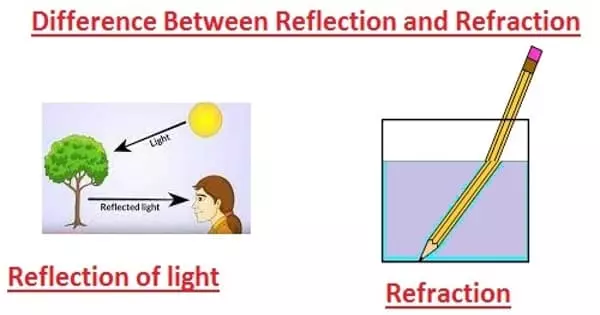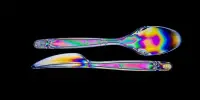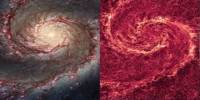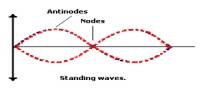There is a distinct difference between reflection and refraction, and it is critical to analyze both terms and understand their definitions. Reflection and refraction are two phenomena based on straight light propagation, where reflection deals with the bouncing of light rays and refraction deals with the bending of light rays. Reflection is simply the property of light that bounces back after striking a surface. When light passes through a surface and undergoes some changes in appearance, as it does when it usually passes through a medium, this phenomenon is known as refraction.
When people hear the terms reflection and refraction, they frequently get them mixed up. The incident ray enters the medium during refraction, and the refracted ray is the ray that exits the medium. Typically, there is a specific angle at which the light enters the medium through which it must disperse and refract. This is the primary distinction between reflection and refraction.
Difference between Reflection and Refraction –

REFLECTION
- Reflection is defined as the reversal of light or sound waves in the same medium when they collide on a plane. Reflection is the reversal of light or sound waves in the same medium when they fall on a plane.
- In reflection, a light ray that strikes a plane returns to the same medium. The waves here bounce off the surface.
- In layman’s terms, reflection is the return of light, sound, heat, or another object to its source without absorption. When a light beam falls on a plane between two media, it changes its direction, causing the ray to return to the medium from which it originated.
- The angle of incidence is the same as the angle of reflection in reflection. It occurs when light strikes a surface and a portion of that light is reflected back into the same medium.
REFRACTION
- When radio waves enter a medium with varying densities, the direction of the waves shifts. Refraction is the change in direction of radio waves when they enter a medium with a different density.
- The ray falling on the plane travels from one medium to another in refraction. The waves here pass through the surface, changing their speed and direction.
- Refraction is a light phenomenon in which the wave is diverted when it passes diagonally through the interface of two media of different densities. It refers to the change in direction and speed of a light or radio wave beam caused by a change in the transmission medium.
- The angle of incidence in refraction is not the same as the angle of refraction. Depending on the angle at which the image collides with another plane or surface, it usually deforms the image.
Overall, reflection and refraction are two fundamental facts about light that are studied together. Reflection occurs when the light returns to the previous medium but changes direction. Refraction, on the other hand, occurs when light is absorbed by a medium but its direction and speed are altered.
















